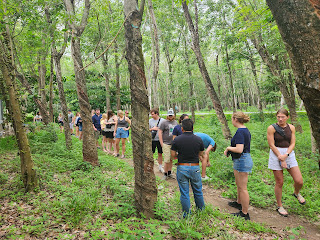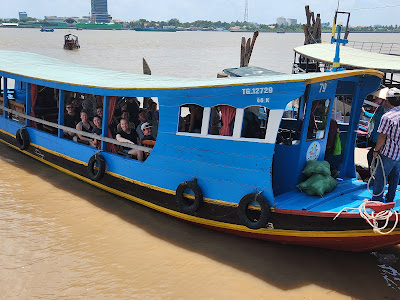We’re back!

We’re back! After approximately 16 hours of flight time starting in Ho Chi Minh City and probably the tightest layover we could get away with in Denver while clearing customs, The Fishback Honors College and College of Agriculture, Food, and Environmental Sciences landed in Sioux Falls at approximately 4:00pm central time on Sunday, April 21 st . What an incredible trip! There were a few downs (I don’t think our students will miss the heat), but many more ups. Exploring Vietnam for 10 days is certainly an experience I will not forget. The highlights for me were: The terraced rice fields in Sapa. What an incredible view. Walking the local footpaths and seeing how the local Vietnamese have developed the steep mountains to their benefit has to be seen to be believed. We hiked for several hours, I think I could have hiked the hills for several more. The Angkor Wat temples in Siem Reap, Cambodia. One of two UNESCO heritage si...





